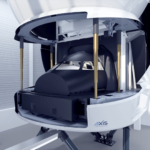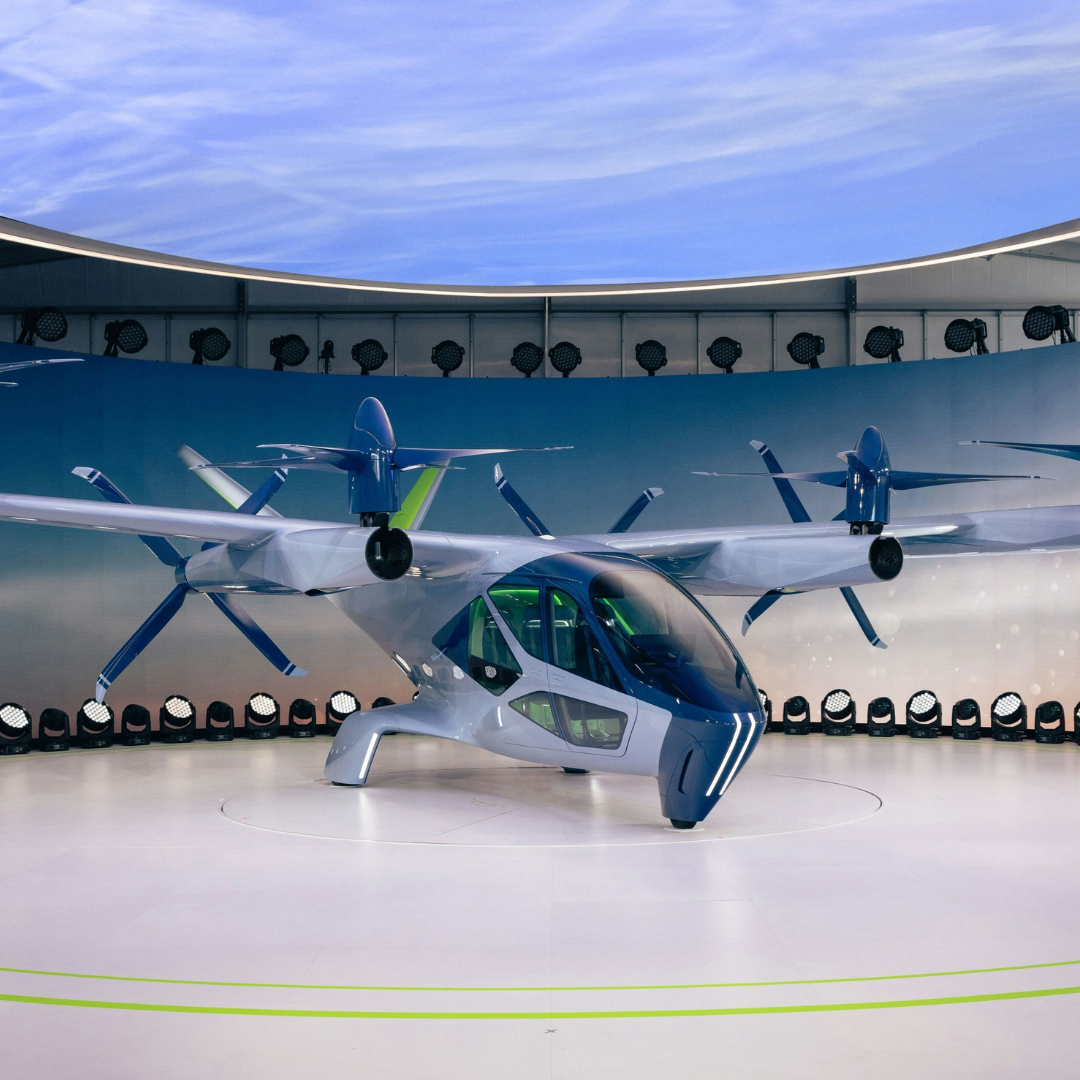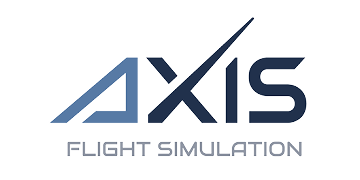
AXIS launches three-in-one solution, AX-D Flex
30. April 2024
AXIS Flight Simulation qualifies latest HUD and EVS technology for Rega
22. May 2024
AXIS launches three-in-one solution, AX-D Flex
30. April 2024
AXIS Flight Simulation qualifies latest HUD and EVS technology for Rega
22. May 202423. April 2024
eVTOLs: The new dawn of flight training
eVTOLs are fast evolving – but is the flight training sector ready for the next step?
By Zsolt Koltai, Project Manager – Innovation Management, AXIS Flight Simulation
Electric Vertical Take-Off and Landing (eVTOL) aircraft are set to redefine urban mobility, forming a new layer of infrastructure and changing the way people move around cities. While the concept of eVTOLs has existed for more than a decade, the sector is fast evolving.
For example, operators such as Lilium in Europe and Joby Aviation in the US are making significant progress in the development of their respective aircraft. In Asia Pacific, China’s eHang became the first manufacturer to achieve Type Certification from the Civil Aviation Authority (CAA) in October 2023, marking another step forward.
With some business jet operators already placing orders for eVTOLs and advancements in ground infrastructure, the sector is gearing up for a new era of flight. Besides certification, one more issue remains – the dawn of air taxis can’t take off without sufficiently trained pilots.
As regulation for these new aircraft types continues to evolve, the future of eVTOL pilot training remains uncertain. That said, the industry anticipates demand and it’s likely that an increasing number of training providers will look to offer specialised programmes for eVTOLs within the next decade.
Flight training for eVTOLs: what’s the difference?
Despite the principle of flight and safety measures aligning with conventional aircraft, pilots will need to learn how to navigate the skies within the cockpit of an eVTOL. Flight training for electric aircraft will differ in a variety of ways:
- Transition to Electric Propulsion: Unlike conventional aircraft, eVTOLs rely on electric propulsion systems which integrate with advanced technologies. Consequently, pilots must grasp the nuances of electric flight, including battery management, charging infrastructure, electrical systems and motor dynamics. This shift makes training more focused on electrical engineering principles alongside conventional aeronautical knowledge.
- Unique Flight Dynamics: While conventional aircraft operate in a forward flight regime, eVTOLs take off and land vertically. This capability introduces challenges related to hover performance, vertical flight dynamics and control strategies. Flight training for eVTOLs will include specialised instruction for vertical flight techniques, as well as how to navigate in an urban environment and manoeuvring close to obstacles.
- Autonomous Flight Dynamics: eVTOLs often incorporate sophisticated fly-by-wire systems, autonomous flight controls and advanced sensor technologies. Training pilots must acquire a deep understanding of these automation systems, including how to monitor their operation and intervene when necessary. They must also understand system limitations and maintain situational awareness.
- Urban Airspace Navigation: Pilots undergoing eVTOL training must familiarise themselves with existing aircraft regulations while closely monitoring evolving standards for electric operations. Obtaining certification to fly eVTOLs may entail additional training requirements and assessments tailored to the unique characteristics of these aircraft. For example, pilots will need to learn how to navigate through densely populated cities and between skyscrapers, through a new ‘airborne highway’. Flight training programmes for eVTOL pilots must incorporate thorough instruction on urban airspace navigation, as well as regulatory compliance, certification procedures, and adherence to safety standards.
The role of flight simulation
Flight simulation will play a crucial role in preparing pilots for eVTOLs. Simulators that replicate real-life instruments offer pilots a safe and controlled environment to learn about the unique characteristics of eVTOLs. Without the risk of real-world training, simulation allows pilots to develop critical decision-making skills and practice appropriate responses to a variety of scenarios.
Trainees can learn how to approach emergency situations such as engine failure. In a simulated environment, the pilot can practice assessing the problem, identifying the failed engine and executing the appropriate procedures to safely land the aircraft. By practicing scenarios in a high-fidelity simulator, pilots can hone their skills and build confidence in handling crises.
Pilots can also learn how to fly in congested urban airspace, navigating through inclement weather and managing complex flight trajectories typical of eVTOL operations.
While eVTOL simulators are still in their early stages, existing technologies such as extended reality (XR) technology and artificial intelligence (AI) are becoming increasingly significant. These technologies are already extending the capabilities of training devices and introduce exciting possibilities for the future of flight training. It’s likely that advancing technologies such as these will contribute to the evolution of eVTOL simulators.
Flight simulation serves as a valuable tool for training eVTOL pilots, offering a safe, cost-effective, and immersive learning experience. By providing realistic training scenarios, including emergencies, simulators help prepare pilots to operate eVTOLs safely and proficiently in a variety of conditions, contributing to the successful integration of these aircraft into the aviation ecosystem.
What’s next for AXIS Flight Simulation
As a leading provider of flight training solutions, we are closely monitoring the development of eVTOLs. With a growing number of operators preparing to achieve certification, our team is ready to enhance our existing simulator technology when the challenge arises. We look forward to serving the future of our sector with the delivery of first-class training devices.


